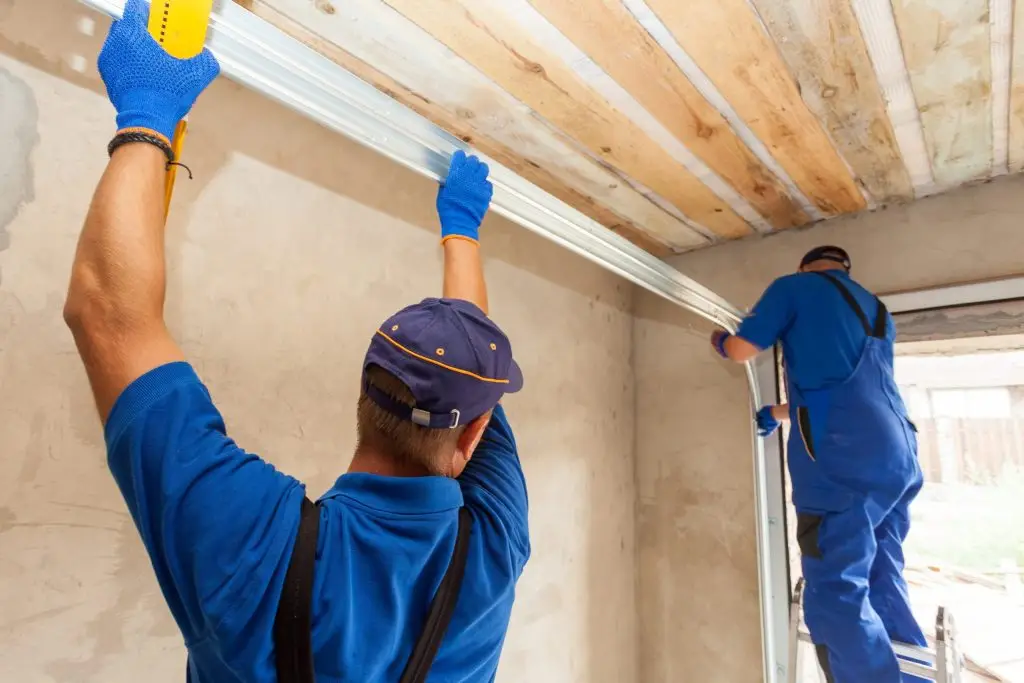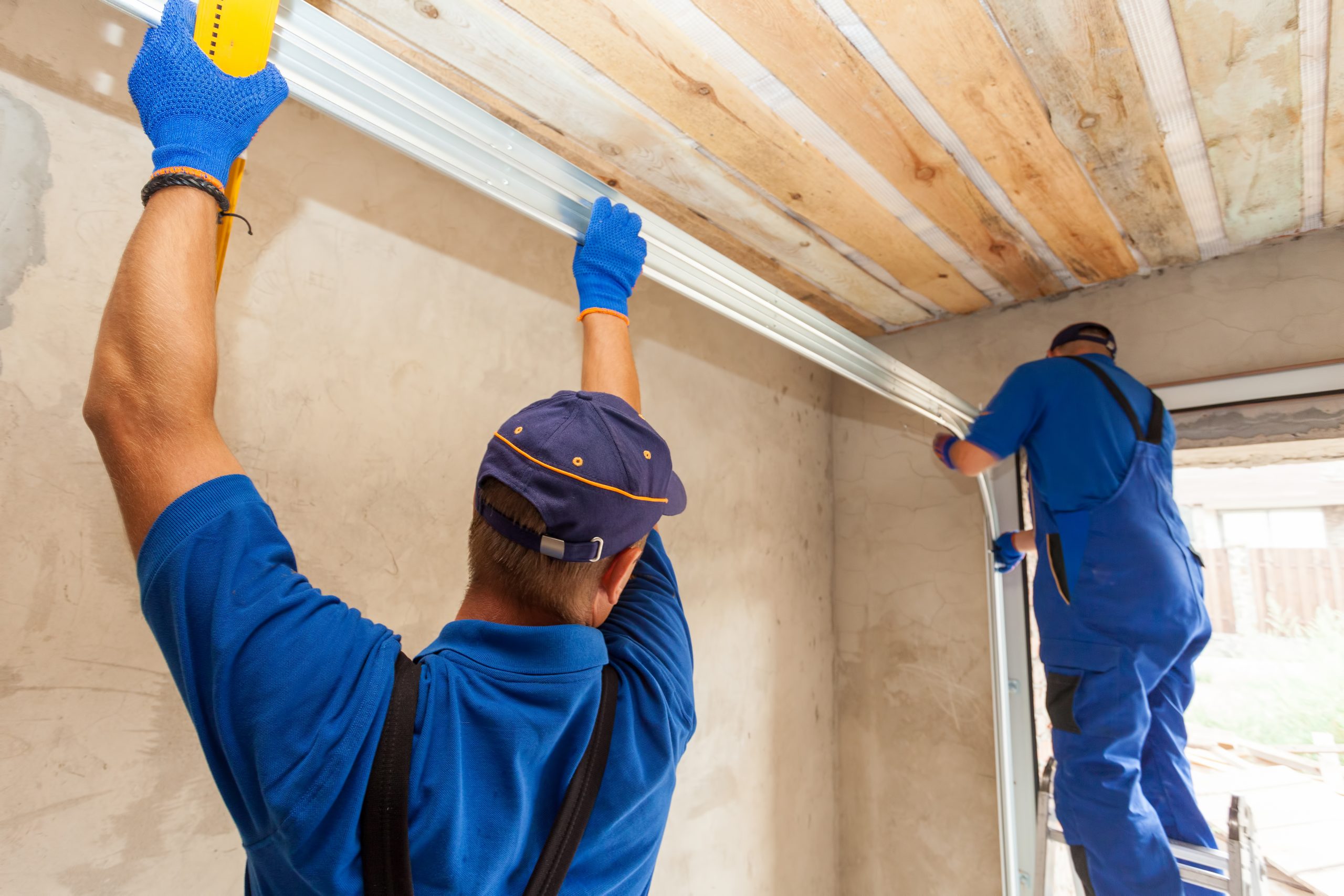How to Insulate Your Garage Door for Winter

How to Insulate Your Garage Door for Winter: A Step-by-Step Guide
As winter approaches, it’s essential to prepare your home to ensure warmth and reduce energy costs. One often overlooked area is the garage door, which is a major source of heat loss. In this guide, we’ll cover everything you need to know about insulating your garage door, whether you’re a DIY enthusiast or prefer professional assistance.
Why Insulate Your Garage Door?
- Energy Efficiency: Proper insulation reduces the transfer of heat, keeping the garage warmer in winter and cooler in summer.
- Lower Heating Bills: By preventing heat escape, your heating system is less burdened, resulting in lower energy costs.
- Increased Comfort: An insulated garage maintains a more comfortable temperature, especially if you use it as a workspace.
- Noise Reduction: Insulation also helps to soundproof your garage, minimizing noise from outside and inside.
Step-by-Step Guide to DIY Insulation
- Select the Right Insulation Material: The most common materials for garage door insulation are reflective foil, foam boards, and fiberglass. Each has its advantages, with reflective foil being easy to work with, foam boards providing excellent insulation, and fiberglass offering superior R-value (measure of thermal resistance).
- Measure and Cut Insulation Panels: Measure each panel section of your garage door, and then cut your insulation material to fit. It’s crucial to ensure that the panels are snugly fitted to maximize efficiency.
- Secure the Insulation: Attach the insulation to the door panels using adhesive or specialized fastening systems. For reflective foil, use tape along the edges; for foam boards and fiberglass, use retainer clips or adhesive.
- Seal Any Gaps: Inspect the edges, top, and bottom of your garage door. Seal any gaps with weatherstripping to prevent air leakage and ensure optimal insulation.
- Inspect and Maintain: After installation, regularly check your insulation for signs of wear or damage. Repair or replace as needed to maintain energy savings.
Professional Insulation Services
For those who prefer a professional touch, consider hiring garage door insulation services. Experts can assess your specific needs and install high-quality materials efficiently. Additionally, professionals can advise on related services, such as garage door panel replacement or spring replacement, if required.
Conclusion
Proper garage door insulation is a vital step toward enhancing your home’s energy efficiency and comfort. By following the DIY tips or opting for professional services, you’ll keep the cold weather at bay while enjoying the benefits of reduced energy bills and increased home value. Explore our comprehensive services, including emergency garage service, to keep your garage functional and efficient all year round.
By following these tips, you’ll enjoy a cozy, well-insulated garage throughout the winter months. For more expert advice or installation support, feel free to contact our team at American Garage Doors.

Call us today at (888) 794-6420 to resolve any garage door issue!

